Naran Valley is enjoying cool mountain weather with occasional showers. Daytime highs are in the low to mid 20s°C (around 70°F), while nights will drop into the mid-teens °C (mid-50s °F) or lower. Right now it’s partly cloudy in Naran with a temperature around 18–20°C. Afternoon sunshine can give way to scattered thundershowers in the coming days. The 5-day weather outlook calls for periodic clouds and rain – late afternoon showers are possible on Friday and over the weekend, with highs near 22–25°C and lows near 15–17°C. In short, Naran’s weather forecast through week’s end is unsettled (monsoon break), so pack rain-gear and warm layers.
Road Conditions & Access
All major tourist routes in Naran and Kaghan Valley are currently open, but conditions vary by destination:
- Islamabad–Naran (Kaghan Road): The 240 km Karakoram Highway and MNJ (Mansehra–Naran–Jalkhad) route via Balakot and Batakundi is open. Recent heavy rains caused landslides (e.g. near Hassa Bridge, Balakot), but crews from NHA/KDA cleared debris. Travelers should drive carefully along the valley road; watch for wet or muddy patches. Alternate link roads (farm-to-market road at Hassa) are available if needed, but current reports say the main Kaghan highway is passable to Naran Bazaar.
- Batakundi: This scenic junction (entry to Kaghan Valley) is accessible by paved road. The Batakundi–Naran road is in good shape, though after rain the narrow bends can be slippery. No closures reported; you can plan a stop or trek from Batakundi toward Chandar or Lulusar.
- Lake Saif-ul-Malook Access: The jeep track from Naran to Saif-ul-Malook (approximately 10 km) is open for the season (typically June through September). The road is a gravel mountain track; only 4×4 jeeps (or horseback) can reach the lake. Local drivers report normal access – jeeps charge around PKR 3–5k for a round-trip. If driving a private vehicle, use a high-clearance 4WD and be prepared for bumpy sections. Saif-ul-Malook access is fine today, but small rockfalls can occur after rains, so stay alert.
- Babusar Top Route (Naran–Chilas): The high Babusar Pass road has been fully open since late May. The gate typically operates from sunrise until about 5–6 PM (no night traffic). The snow is long gone, and authorities report the Babusar Road is cleared and drivable. Travelers should note the narrow gorges and steep grades – use caution on sharp curves and loose gravel. On the GB side, police checkpoints operate near Babusar Top; carry ID. In summary, Babusar Top is open, allowing travel between Naran and Gilgit-Baltistan (though plan for up to 3–4 hours from Naran to Babusar).
- Lulusar Lake: This emerald lake lies along the Babusar road just before Jalkhad. It’s accessible by jeep from Naran (via Babusar road). The access track to Lulusar branches off near Shogran and is open now. It’s a rough gravel road, so again a 4×4 is recommended. Many visitors make a day trip Naran→Lulusar→Naran. The route is open and scenic; just be mindful of potholes or mud after rain.
- Shogran: The road from Balakot up to Shogran is fully paved and in good condition. You can drive easily to Shogran Valley (about 76 km from Islamabad). No known closures; landslides have been minimal on this stretch. From Shogran you can also access Siri Paye meadows by local jeep/jeep track. In general, Shogran is open for tourists, with clear roads from Balakot. Note that rain at higher elevations may slow progress on steep ups and downs.
Travel Advisories & Updates
Local tourism authorities advise all travelers to stay informed before heading up the valley:
- All routes open: According to recent notices from Kaghan Valley tourist facilitation, the Islamabad–Naran highway, Saif-ul-Malook road, Babusar Pass, Lulusar route, and Shogran road are all open for travel. Check the Tourist Facilitation Center in Naran or official Khyber Pakhtunkhwa tourism updates for last-minute alerts.
- Babusar timing: Babusar Pass is open daily only during daylight hours (roughly 6 AM to 5 PM). Plan your trip so you cross the high pass by late afternoon. After sunset the Babusar section is closed for safety.
- Weather watches: Heavy rain may trigger new landslides. Always check the latest weather forecast for Naran and Islamabad, and follow any warnings from the Met Office or the NHA/KDA. If heavy rain is forecast, travel only in daylight.
- Drive prepared: Fill your fuel tank in Naran (or before leaving Mansehra). Carry extra water, snacks and warm clothing – high-altitude stretches have no services for long stretches. Local advice: pack a first-aid kit, spare tire, and portable phone charger.
- Connectivity: Mobile network can drop in parts of Kaghan. Don’t rely on having signal on the Babusar road or at Lulusar. Let someone know your itinerary.
- Mountain permits: If you plan to continue beyond Babusar into Gilgit-Baltistan, you’ll need the new online GB travel permit. (For most tourists in Naran, this isn’t needed unless crossing into GB.)
Recommendations for Travelers
Traveling to Naran Valley is a delightful experience, but safety and comfort depend on good preparation. Here are some travel tips for Naran:
- Vehicle: A sturdy, high-clearance vehicle is recommended. For most roads (Kaghan highway, Shogran road), a regular car will do. But for Lake Saif-ul-Malook and Lulusar, use a 4×4 jeep or SUV. Drivers should be experienced on mountain roads.
- Clothing: Weather can change quickly. Wear layered clothing: a moisture-wicking base layer, fleece or wool sweater, and a waterproof rain jacket or poncho. Bring warm hats and gloves for evening. Even in September, temperatures fall at night, especially at high altitudes. Sunglasses and sunscreen are a must for daytime sun.
- Footwear: If you plan to hike (e.g. trek to Lake Saif-ul-Malook or Lulusar shore), bring sturdy walking shoes or light hiking boots. The jeep tracks are uneven. In settled weather, river and lake walks are common, so sport shoes or boots are advisable.
- Safety: Drive only during daylight on mountain routes. Watch for rockfall zones and drive below speed on wet roads. Keep headlights on if visibility is low. Never overtake recklessly on blind curves. If you’re not comfortable, hire a local driver.
- Health: Naran sits around 2,400 meters above sea level, and destinations like Saif-ul-Malook (3,200m) and Babusar Top (4,170m) are much higher. Stay hydrated and avoid strenuous activity on the first day to acclimatize. Carry snacks and water, and take it easy if you feel light-headed.
- Planning: Book your hotel or guesthouse in advance in Naran or Shogran, especially if traveling on a weekend. Tourist traffic picks up on nice days. Confirm with your hotel about any route advisories or recommended departure times.
- Local guidance: When possible, listen to local guesthouse hosts or tourism officers. They can give current information (“Naran road update”) on snow or rainfall impacts. Carry the emergency helpline number of Naran tourist police (usually 1122 in KP) in case you need assistance.
By keeping these updates and tips in mind, you can enjoy the stunning beauty of Naran Valley safely. Expect cool temperatures and brief showers, but also gorgeous views of green meadows and clear lakes. Happy travels!
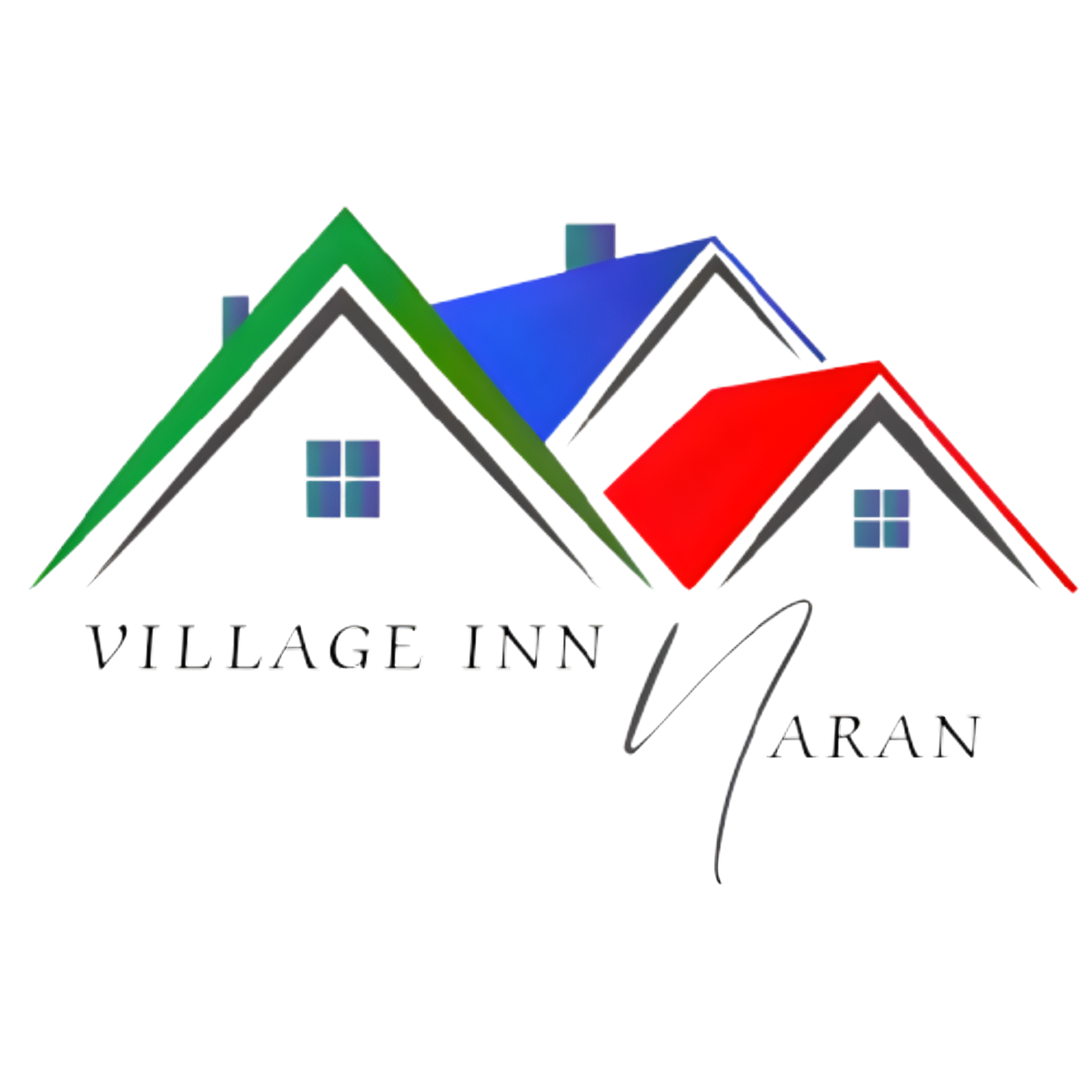
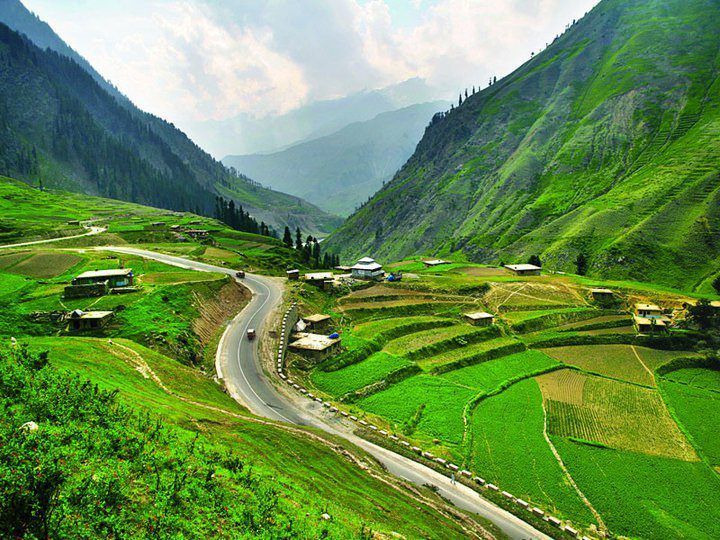
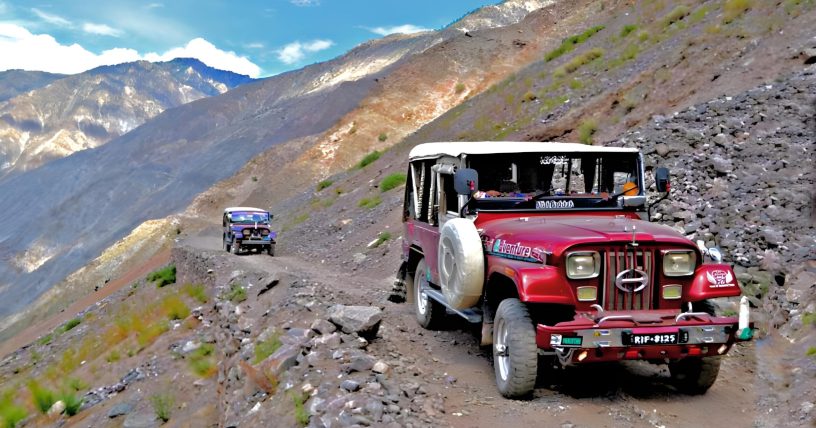
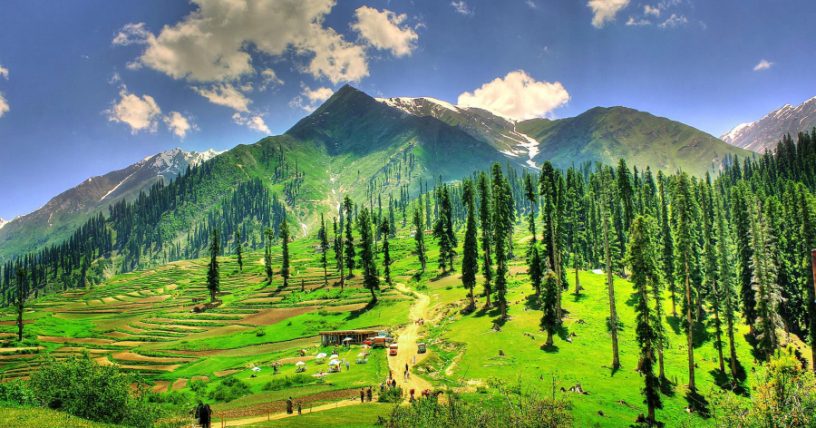
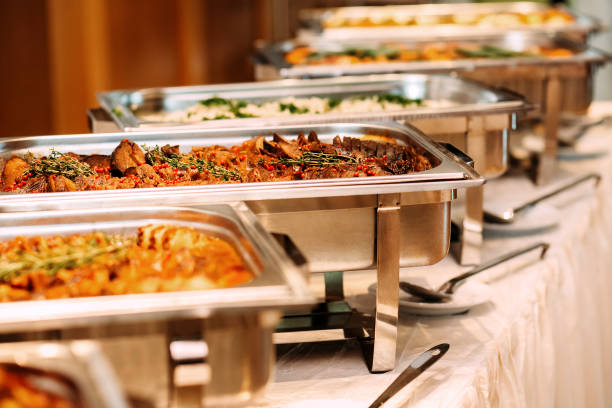

Recent Blog
Local Handicrafts & Souvenirs – What to Buy from Naran Kaghan
When you visit the breathtaking valleys of Naran Kaghan, the journey is never complete without taking a piece of...
Read More
A Complete Road Trip Guide from Islamabad to Naran Kaghan
A road trip from Islamabad to Naran Kaghan is one of the most scenic journeys you can experience in...
Read More